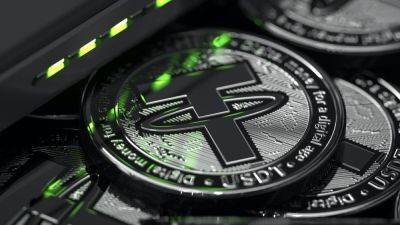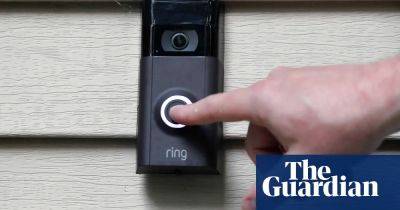Here’s how to use DeFi on Bitcoin without ‘polluting’ the blockchain
Bitcoin (BTC) is known for its immutability and the hard-coded rules that make the system secure but slow to modernize. However, that doesn’t mean the Bitcoin blockchain — the underlying network that empowers the original cryptocurrency — is closed to innovation and development. Even though the initial efforts to introduce decentralized finance (DeFi) to Bitcoin such as cross-chain bridges and wrapped tokens resulted in a massive wave of hacks and exploits in the DeFi space, developers continue to look for new and more reliable ways to tap into the unmatched liquidity of the BTC pool.
Launched in November 2021, the Bitcoin Taproot upgrade was an important step in adding extra functionality to the base layer of Bitcoin. Among other benefits, including cheaper and more efficient transactions, the Taproot upgrade also introduced rudimentary smart contracts — the backbone of DeFi — to Bitcoin for the first time.
The Taproot upgrade adds rudimentary smart contracts to the Bitcoin network. Source: Chaindebrief
Smart contracts are automated agreements between multiple parties that are stored on a blockchain. They enable a wide range of DeFi functionality. The introduction of smart contracts to the Bitcoin base layer hinted at the possibility of common DeFi trends such as nonfungible tokens (NFTs) appearing on the Bitcoin network, and developers rushed to work on it.
Shortly thereafter, Bitcoiners came up with their version of NFTs with the Ordinals protocol, sparking a hot debate about adding more usability to the Bitcoin base layer versus “congesting” it with nonessential content. Ordinals, also known as Bitcoin NFTs, allow users to inscribe digital content on the Bitcoin blockchain. Launched in January 2023, ordinals quickly
Read more on cointelegraph.com















